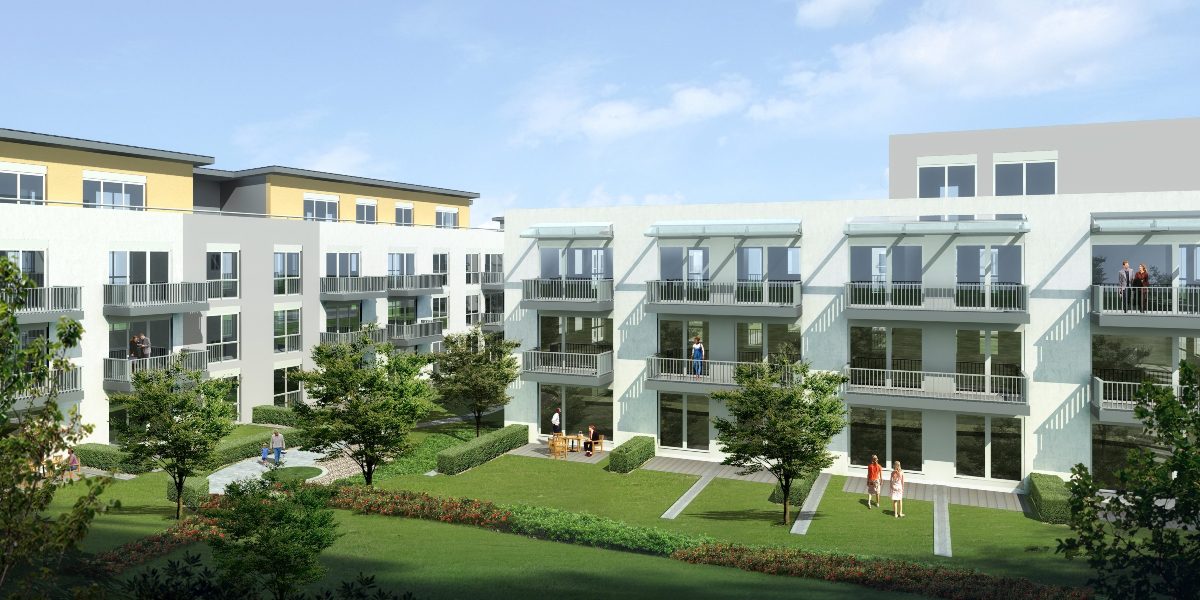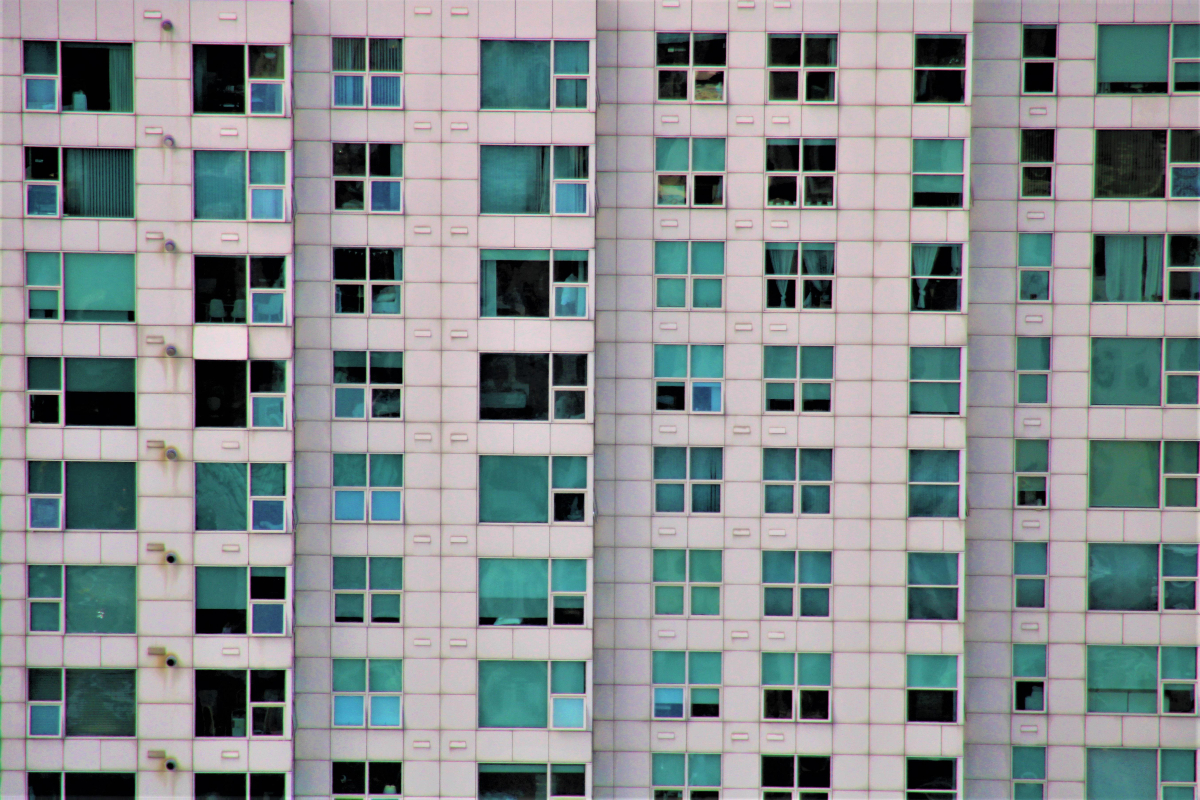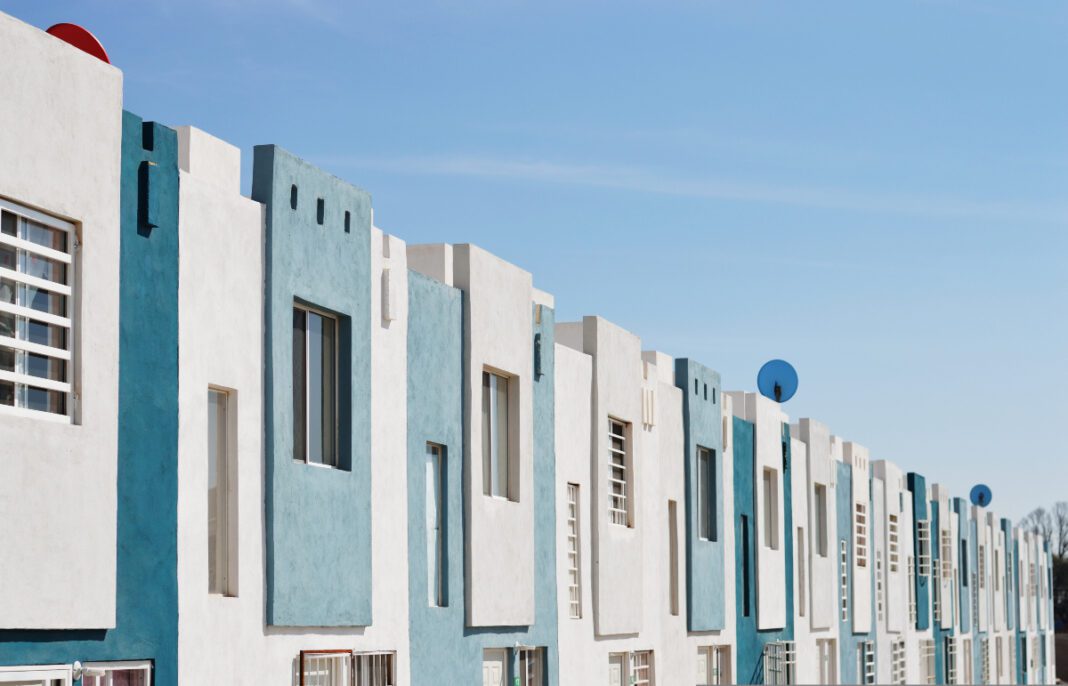India’s rapidly expanding urban landscape has created a pressing demand for affordable housing, driving a search for innovative construction materials and methods. Steel, a versatile and durable material often associated with high-rise buildings and industrial structures, can emerge as a potential solution. However, the question remains: is steel truly the answer to making housing more affordable? While it offers several advantages, including durability, speed of construction, and potential for reduced long-term maintenance costs, the initial investment and specialised skills required can present challenges.
Experts weigh the pros and cons of using steel as a possible solution to the looming question.
Rethinking Affordability
Before answering whether the incorporation of steel in affordable housing is beneficial, Manish Banker, Principal Architect, TAO Architecture, emphasises its definition, “Affordability in housing is determined by what you ultimately receive. If the end product is a compromised version, then it isn’t truly affordable. In housing, what are the key aspects that might be compromised, which you would rather not? These include maintenance, thermal insulation (which is essential in our country), sound insulation, and the quality of finishes. When someone moves into a house, it doesn’t matter whether it’s made of paper, steel, concrete, or brick. What matters is the comfort and quality of living inside.”
While the quality of living does raise a key point, Yogesh Lahori, Vice President of Projects at Gera Developments, highlights, “The current challenge is affordability. The cost impact of steel construction is around Rs 350-400 per square foot, which is a significant premium given the current market prices of Rs 6,000-6,500 per square foot. In locations where prices exceed Rs 10,000 per square foot, spending a little more to reduce construction time could be a worthwhile investment.”
Currently, steel prices are a major hurdle to adaptation. If steel prices could be reduced, using hollow sections or stronger steel sections would become more feasible and adaptable. The key considerations are straightforward – Is faster construction a priority? The answer is yes. Is cost-saving needed? Yes. What is the ideal project turnaround time? A 20-30 per cent faster.
Despite these advantages, concrete remains popular due to its familiarity and the pain involved in large-scale steel construction. India is a very cost-sensitive market, and this plays a significant role.
Though, Prashant Deshmukh, Principal Architect, Prashant Deshmukh and Associates, argues, “I don’t think it is a challenge. In fact, as we advance in construction for housing—particularly with taller buildings—I believe steel will prove to be the most versatile material for affordable housing from an engineering standpoint or any other perspective. Integrating steel could represent a paradigm shift from current RCC construction methods, which struggle with the costs, especially for multi-storey buildings.”
Challenges aside, steel offers several advantages over traditional methods of construction. Banker adds, “In modern times, steel can indeed become an affordable housing material because it can outperform other materials if pre-engineered and readily available. If houses can be pre-engineered and ready to live in, it would be highly desirable.”
Affordable housing starts with better architectural design, focusing on efficient planning and minimising waste. When this is complemented by steel, which enhances structural efficiency and reduces costs, it will emerge as a major construction material in the future. Whether for affordable housing or other applications, steel’s potential is significant.
Further, faster construction turnaround is crucial, especially given the ongoing labour shortage in the industry. This is why alternative construction methods, such as using steel with fireproofing and encasing it in concrete for composite structures, are being explored. However, the effectiveness of these methods, particularly in high-rise residential buildings where safety is a major concern, remains to be seen. Ensuring safety for occupants, including children and seniors, is a significant challenge that the steel industry will need to address as it evolves.

Beyond Cost
Banker circles back to clearly defining what affordability means in each context to encourage wider adoption. For him, it is based on the primary aspects required by any human being, not just the financial resources one has. Further adding, “Therefore, affordability is about what you value as a human being and how you define the standard of living you want. It’s important to train people to understand that affordability is not just about cost, but about the value added to the building.”
Though, experts seem to agree that anything that becomes industrialised and is well-considered as a product design has the potential to be widely adopted. However, it must still account for varying climatic conditions in different areas. Structures should maintain a consistent primary design but adapt their outer layers to meet local conditions. If this adaptation is effectively managed, it can support the widespread application of any design across the country.
Deshmukh adds, “As I mentioned, various factors influence the choice of construction methods, including labour availability and time constraints. Builders often work within tight economic limits, aiming to achieve a faster return on investment. Opting for steel buildings with drywalls can be time-saving and more economical for builders, potentially accelerating the return on investment compared to traditional methods.”
To encourage the wider adoption of steel in affordable housing, especially among smaller builders and developers, the industry also needs to focus on several key factors. Smaller builders and developers may struggle with steel due to the lack of industrialisation and off-site construction methodologies. Instead, the steel industry should advance off-site construction technology and create standard components that local developers can assemble on-site. If developers are left to work on-site with steel, they might face challenges in achieving the same quality as those who use pre-engineered structures built in factories. Therefore, promoting industrialised steel solutions and off-site construction methods is essential for broader adoption, particularly by smaller builders and developers.

Bridging Gaps
Prashant Deshmukh elaborates on what considerations need to be taken into account for steel buildings, given India’s varied geography.
“I believe that the variability in soil structure and climatic conditions—such as high humidity in some areas and dryness in others—makes steel construction particularly advantageous. Steel allows for reductions in structural sizes, which translates into more usable carpet area. In contrast, concrete structures require larger sizes, especially when building taller buildings. This means that with steel, you can achieve more carpet area within the same built-up envelope.
Regional variations in living styles and cultural backgrounds also mean that modular designs will need to be adapted from region to region, state to state, or district to district. While standardisation can help reduce costs, architects will need to create solutions that accommodate these regional differences.
The shortage of skilled labour is indeed a significant issue. Most labourers are from the North and Northeast, while many developments are in the central or southern parts of the country. This reliance on migrating labour poses challenges, as these workers may leave sites to return home when issues arise.
Using pre-fabricated products and off-site production can mitigate this problem. If components are manufactured in a factory and then assembled on-site with minimal labour, the dependency on skilled workers is reduced. The introduction of machinery in the erection process can further minimise the need for labour, thereby lowering costs and improving dependability.
Cost vs. Longevity
When considering steel construction, a customer might be reluctant to pay more for a steel building shell. On the other hand, some may prioritise longevity and safety over initial costs, stating that they want a building that lasts for decades or even centuries.
Thus, having a better ecosystem for steel production, manufacturing, and procurement is essential. Lahori adds, “The industry needs to address these issues to encourage wider adoption of steel in construction. As India continues to grow with a significant push for infrastructure and a large population, faster construction methods like steel will become increasingly important, though they may come with a cost premium.”
In order to increase its adoption, Deshmukh suggests, “Basically affordable housing has to be based on modular construction. And steel is an ideal material for modular construction, because once the module is framed in terms of engineering and architecture, it can be manufactured in very little time, and also can be erected quickly. So, when we are talking about these reputable housing towers being raised, the overall saving in the project runtime will be minimal, and that’s where I look at it as cost-saving.”
Banker agrees that steel offers possibilities as a leading material for affordable housing. By using strategies that promote the mass production of modular, industrialised designs, steel can be a cost-effective solution. These modular units can be adopted and assembled on-site or delivered as pre-assembled components. Future housing might feature ready-made units or pods, which could be assembled on-site using self-assembly systems or by professionals. He adds, “With the help of AI software, you could design your own house, receive cost estimates, and have all primary components like sanitary ware and electrical switches pre-installed in a built-in system. This approach would provide a ready-to-use solution.”
Lahori emphasises, “Building with lighter yet stronger sections, along with innovation in this field, will significantly change the game for everyone. Increasing awareness through sessions about these advancements is crucial. Whenever a civil engineer compares concrete with steel structures, the common perception is that steel is faster but more costly. If this mindset persists, steel may not become popular among the general masses.”
He further adds that perceptions can shift once people see the benefits of steel through real-life projects. As technology becomes more familiar and accepted, the message will spread quickly.
While steel offers several advantages in terms of durability, speed of construction, and potential cost savings in the long run, its suitability for affordable housing in India depends on various factors, including initial investment, availability of skilled labour, and government policies. Ultimately, the choice of material should be driven by the specific needs of the occupants and the overall goals of the project. By carefully considering these factors and exploring innovative approaches to steel construction, India can harness the potential of this versatile material to address its growing housing crisis while ensuring that affordable housing remains accessible to all.
Quote
“In modern times, steel can indeed become an affordable housing material because it can outperform other materials if pre-engineered and readily available. If houses can be pre-engineered and ready to live in, it would be highly desirable.”
– Manish Banker, Principal Architect, TAO Architecture
“Using pre-fabricated products and off-site production can mitigate this problem. If components are manufactured in a factory and then assembled on-site with minimal labour, the dependency on skilled workers is reduced.”
– Prashant Deshmukh, Principal Architect, Prashant Deshmukh and Associates
“As India continues to grow with a significant push for infrastructure and a large population, faster construction methods like steel will become increasingly important, though they may come with a cost premium.”
– Yogesh Lahori, Vice President – Projects, Gera Developments





